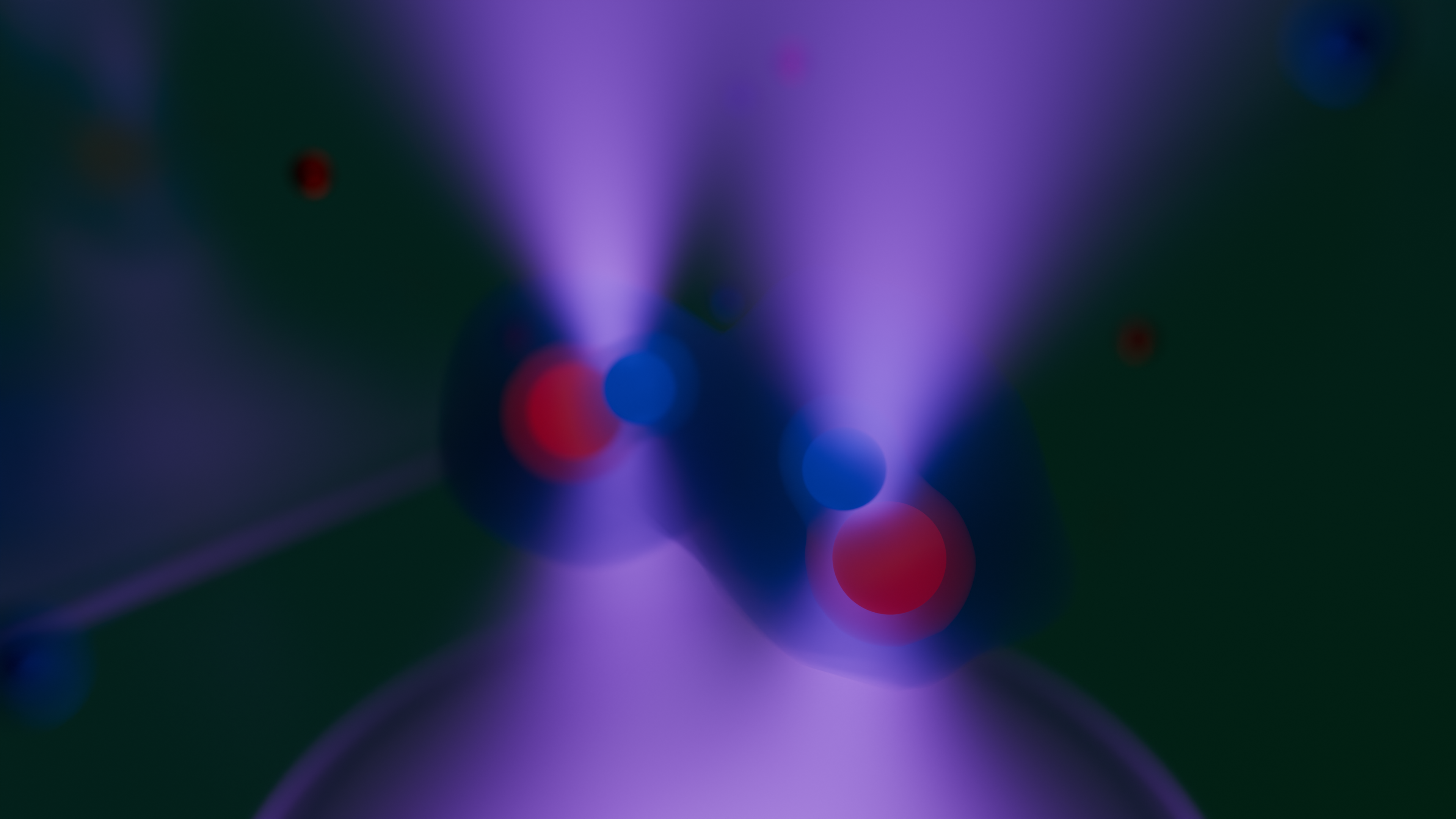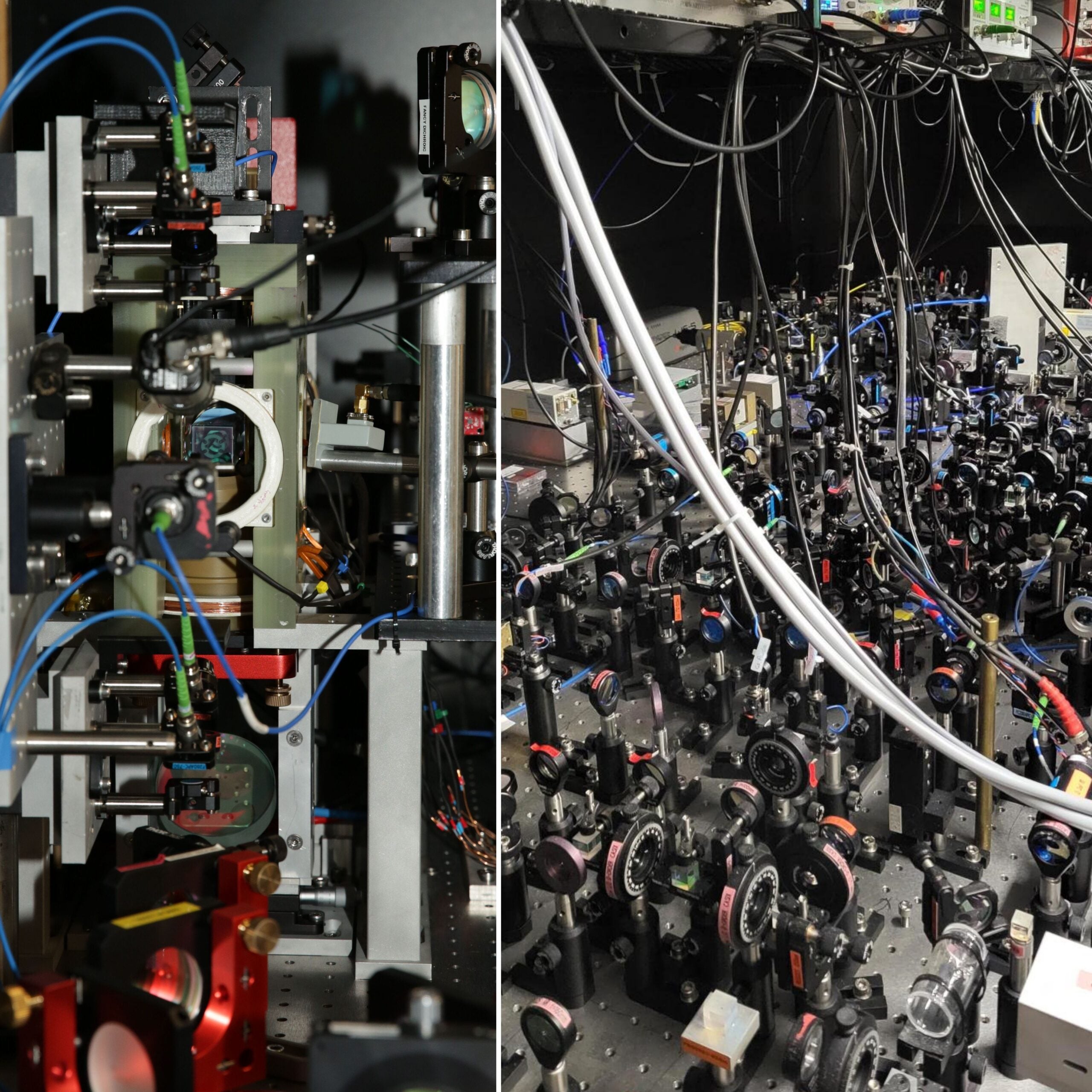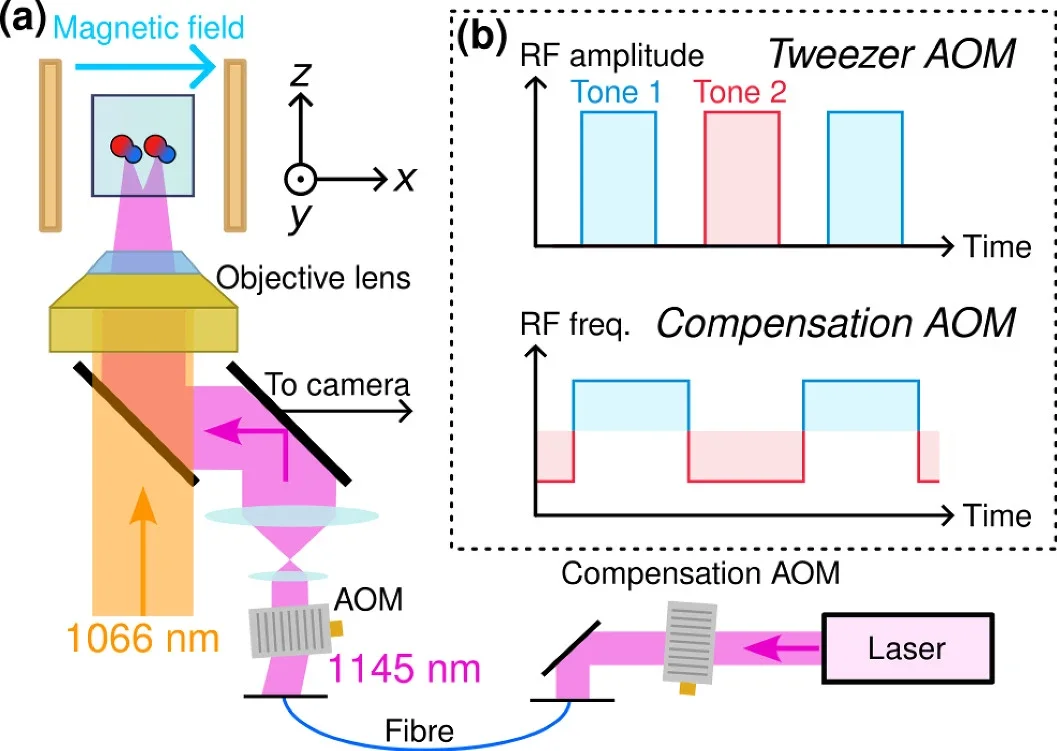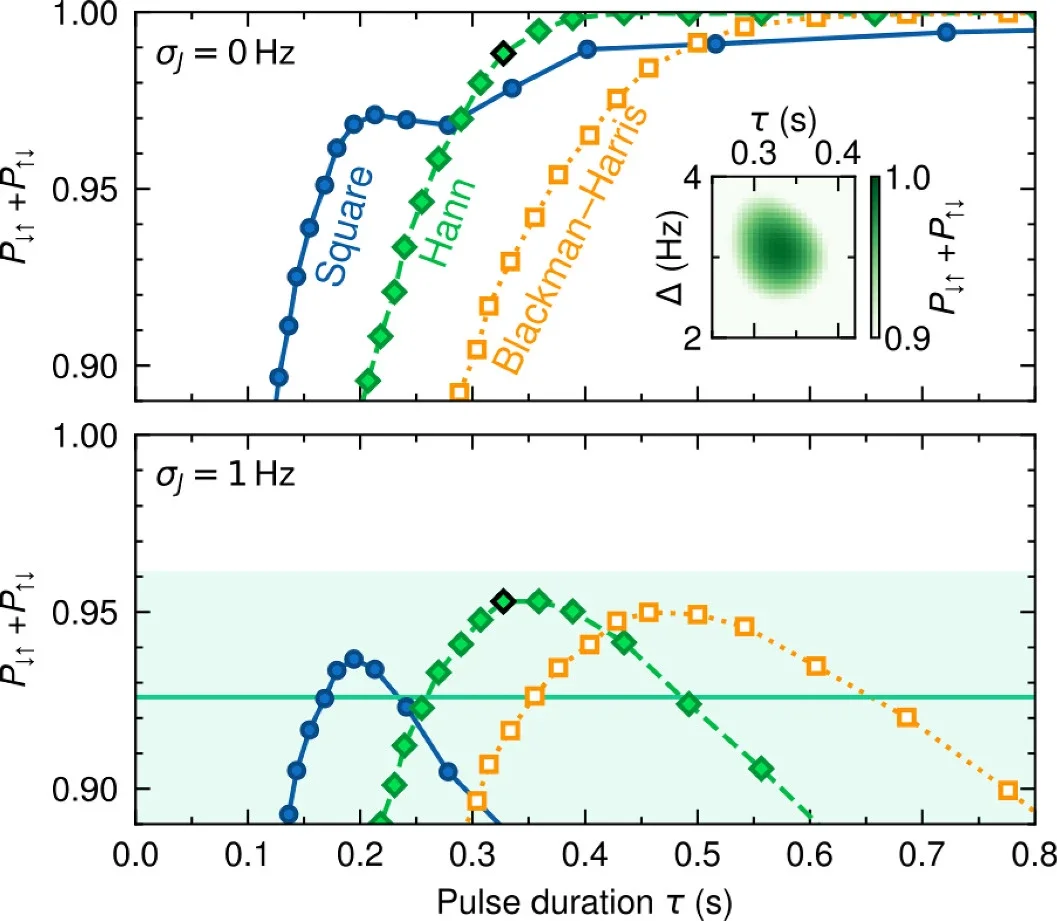Advancing quantum technology requires precise control over quantum states and the ability to entangle particles. This control has seen significant progress in various systems, yet extending it to more complex molecular systems offers unparalleled opportunities.
Recent research marks a groundbreaking leap, demonstrating long-lived entanglement between ultracold polar molecules. This achievement paves the way for advancements in quantum computing, sensing, and fundamental physics.
Ultracold polar molecules bring unique advantages to quantum research due to their complex internal structures. Their vibrational and rotational states, coupled with permanent electric dipole moments, make them ideal candidates for advanced quantum applications.

These properties enable long-range interactions, the storage of information over extended periods, and precise measurements using rotational states. However, these same features make molecules highly sensitive to their environment, often leading to decoherence and limiting their practical use.
Despite these challenges, researchers have achieved significant milestones. Individual ultracold molecules have been prepared in optical tweezers, and pairs have been entangled with high fidelity.
This entanglement is vital for quantum computing and sensing, as it allows particles to share states and influence each other instantaneously, regardless of distance. The ability to entangle molecules opens the door to encoding synthetic dimensions for quantum simulation and high-dimensional quantum computation, fields that promise transformative advancements.
A team of researchers at Durham University has achieved a major milestone by creating a highly controlled environment for ultracold molecules. Using optical traps known as “magic-wavelength optical tweezers,” they eliminated single-particle decoherence on experimental timescales.
Related Stories
This innovation allowed the entanglement of molecule pairs with unprecedented fidelity, reaching over 92% and even higher when accounting for correctable errors.
Professor Simon Cornish, a lead researcher, explained, “The results highlight the remarkable control we have over individual molecules. Quantum entanglement is very fragile, yet we can entangle two molecules using incredibly weak interactions and then prevent loss of the entanglement for a time approaching one second.”
This level of control not only preserves entanglement but also extends its duration, critical for advanced quantum applications.
The use of magic-wavelength optical tweezers stabilizes the molecules by eliminating environmental noise. This stability allows researchers to entangle molecules using detectable hertz-scale interactions at particle spacings of just 2.8 micrometers.
Furthermore, the team demonstrated entanglement using direct microwave excitation, a technique that could enable robust entangling operations despite experimental imperfections.

This breakthrough has far-reaching implications for quantum science. Long-lived molecular entanglement enhances the potential for precision measurements in quantum sensing, a field essential for detecting minute changes in physical systems. These measurements could revolutionize fields like navigation, materials science, and fundamental physics by offering unmatched accuracy.
In quantum computing, molecular systems can encode and process information in rotational states, providing a platform for high-dimensional computation.
Dr. Daniel Ruttley of Durham University emphasized the potential, stating, “Our work demonstrates the incredible potential of molecules as building blocks for next-generation quantum technologies. Long-lived molecular entanglement could be exploited to construct quantum computers or precise quantum sensors and to understand the quantum nature of complex materials.”

Moreover, this research contributes to the development of quantum memories, devices capable of storing quantum information for extended durations. Quantum memories are essential for creating robust quantum networks, which underpin technologies like quantum internet and distributed quantum computing. By stabilizing molecular entanglement, researchers have taken a significant step toward realizing these technologies.
The ability to precisely control and entangle molecules offers new avenues for exploring fundamental science. For instance, ultracold molecules can simulate complex quantum materials, providing insights into phenomena that are difficult to study directly. They also hold potential for quantum-enhanced metrology, enabling measurements that push the boundaries of accuracy and precision.
This research demonstrates how advancements in experimental techniques can overcome the challenges posed by molecular complexity. By creating stable environments and leveraging the unique properties of molecules, scientists are unlocking new possibilities in quantum science. The implications extend beyond quantum computing and sensing, influencing areas like ultracold chemistry and fundamental physics.

The work at Durham University represents a significant milestone in quantum science, highlighting the potential of molecules as versatile tools for future technologies.
As researchers continue to refine these methods, the applications of molecular quantum systems are set to expand, bringing transformative changes across scientific and technological domains.
Note: Materials provided above by The Brighter Side of News. Content may be edited for style and length.
Like these kind of feel good stories? Get The Brighter Side of News’ newsletter.
The post Scientists successfully demonstrated long-lasting quantum entanglement between molecules appeared first on The Brighter Side of News.